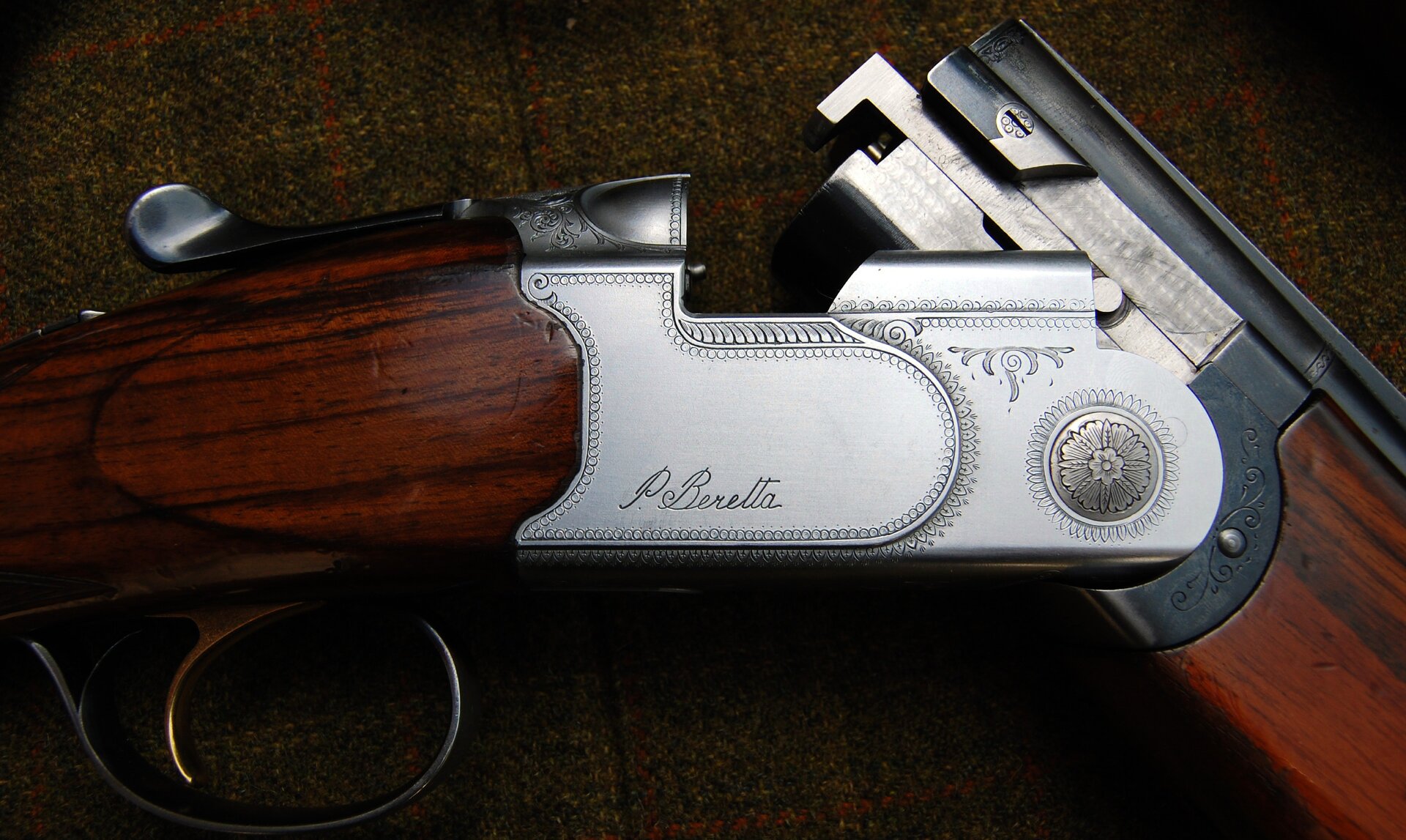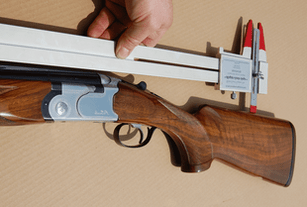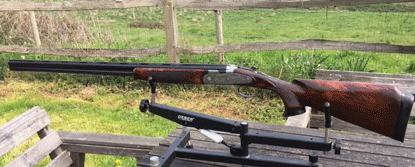“If a gun could now be moulded to that attitude, it would conform to the principle of minimum adaptation: it would be that person’s natural gunstock, not dependent on the acquisition of any special habits for correct mounting.” Gough Thomas.
We examine here some of the key areas during the gun fitting process in order to maximise shotgun accuracy to the fullest possible advantage. Successful shooting - thereby accurate shooting - means a more absolute, yet practically effortless, engagement with the gun at every shot.
Capacity for accuracy
We must first ensure that the shotgun at hand has the capacity for accuracy in use. To assess for that, and critical to this objective, the gun has to be fired - yes, gun fitting is a live-firing exercise - shooting the thing is actually important and tells us much that we need to know.
A more complex concern
Next, we closely observe the shooter in action - a more complex concern for the fitter than the relatively simple issue of hardware. It is here that fitting procedures can break down. To get the most from gun fitting we must get the best from the person shooting. A diagnostic exercise examines shooting technique and gun handling skills critically; often requiring a ‘break down’ in order to ‘build up’ better.
Shooting vision
Now the most important factor of all. For accuracy and shooting success, it exists as a number one priority in fitting work. What we mean more precisely is shooting vision; the function of the eyes, combining with the gun and engaging with a moving target at distance.
Determining shooting vision correctly is a critical element of gun fitting assessment. Should error exist and persist, there is no, or little sustained improvement.
Fitting plates
Any adjustments to a gun from fitting must be driven by facts. Real information must be systematically gathered by observation and measurement. Once all relevant evidence is at hand, and suitably recorded, a fitting yield is worked out based on established rules and a fitting formula.
The use of fitting plates allows us to evaluate and measure performance dynamically and in real time. Various forms of plate assess for different things. The ‘laying-down’ of plates is central to the fitting process and represents a trusted and well-established methodology.
Fixing the eye
The essential concept of fitting for accuracy involves the ‘fixing’ of the aiming eye, central to the sighting rib. The focus is to get the eye back there with consistency and without undue effort; precisely, each and every time the gun is mounted.
Ultimately, the fitted gun will place its shot exactly where the aiming eye intends it to be. Crucially this does imply a more expansive role for vision in shotgunning than is generally realised. The fitter must understand shooting vision to the fullest possible extent and be wary of the pitfalls attached to dogma when it comes to eyes and the use of a shotgun.
Centralising and elevating - occasionally lowering - pattern delivery are predominantly the functions of stock adjustment. Where build options allow, the fitter is also concerned with the design of the rib, stock design in its entirety and a range of sighting options.
Performance thrives
A competently fitted gun combined with a user well versed and practised with it, is a model of efficiency and effectiveness. Get it right, practise well, and, with all potentials realised, shooting performance will thrive.
Enjoyed this article and want to know more?
Why not contact us at Glenzier Sporting. Mike Smith has run the Whithorn shooting ground for 20 years and offers teaching lessons and gun fitting.



